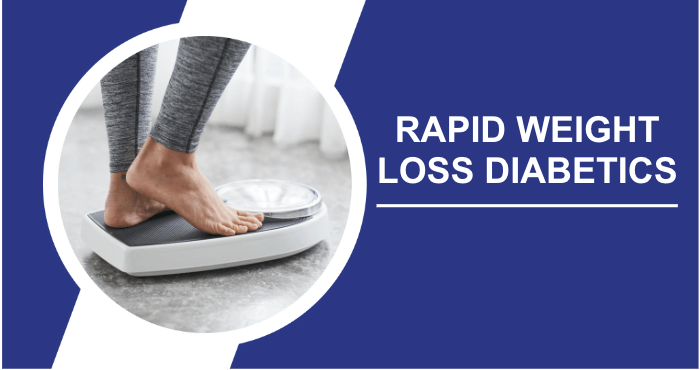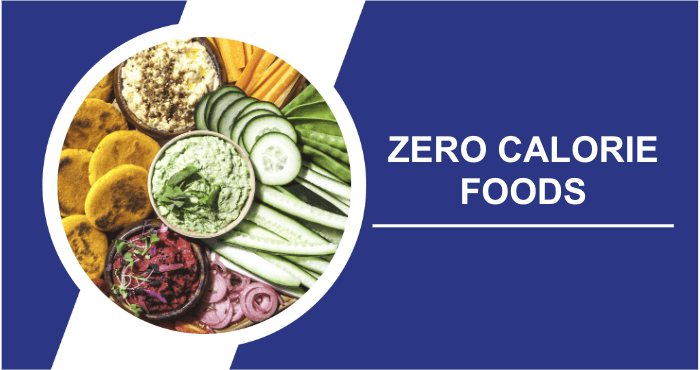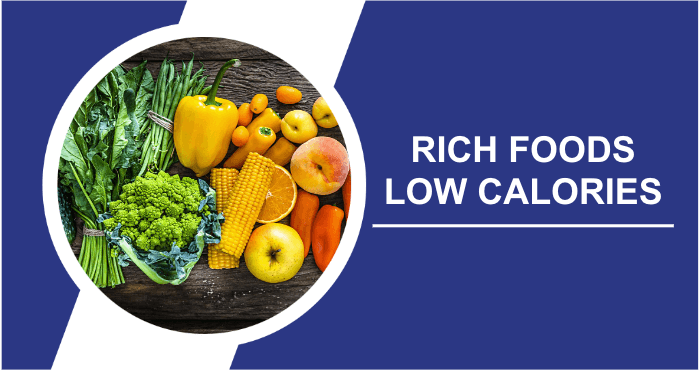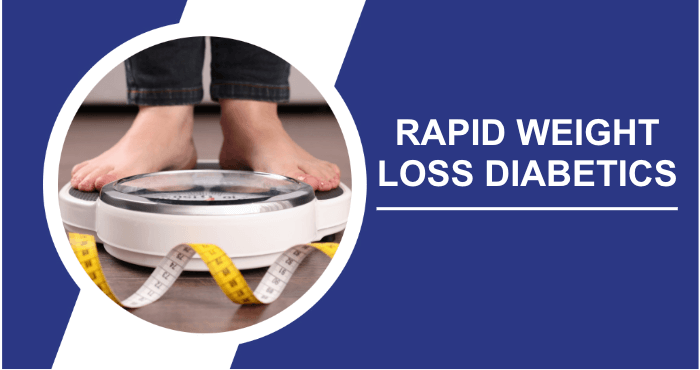The most prevalent health issues facing our society today are diabetes, obesity and hypertension. Often, people who have one of these conditions also struggle with one or both of the others. Because diabetes disrupts the metabolism of sugar and fat, people with diabetes often struggle with overweight or even obesity.
While CBD may offer potential benefits for weight management, their obesity poses challenges to their cardiovascular system, resulting in associated complications such as elevated blood pressure, coronary artery disease, and chronic obstructive pulmonary disease (COPD).
CDC reports include the following statistics:
- Diabetes: According to the most recent CDC report for 2018, approximately 34.2 million people of all ages, or 10.5% of the total U.S. population, were estimated to have diabetes.
- Obesity: The prevalence of obesity in the United States was reported to be 42.4% during the 2017-2018 period.
- Hypertension: Hypertension affects 47% or approximately 116 million people in the United States.
Notably, recent CDC statistics indicate that heart disease and diabetes are among the leading causes of death in the United States. It is worth noting that while a significant proportion of people with diabetes are overweight, some experience weight loss rather than weight gain.
For those who have not been diagnosed with diabetes, sudden weight loss may be an early indicator of the onset of diabetes. The reasons for this phenomenon warrant further investigation.
Can Diabetes Cause Sudden Weight Loss?
If you experience unexplained weight loss, it is important to see your doctor right away. This could be a sign of prediabetes, a condition in which your pancreas and insulin production are beginning to be affected.
As a result, your body’s metabolism becomes impaired, leading to increased fat burning because glucose is not being metabolized efficiently to provide the energy needed for your body’s functions. This increased fat burning can lead to weight loss, and it is important to consult a physician to determine the underlying cause.
According to the CDC, more than 88 million adults in the United States, or more than 1 in 3, have prediabetes. Alarmingly, more than 84% of them are unaware of their condition. Prediabetes is elevated blood glucose levels that are not yet at the threshold for a type 2 diabetes diagnosis.
This condition increases the risk of developing type 2 diabetes, heart disease and stroke. The encouraging news is that if prediabetes is detected early, it may be possible to prevent progression to full-blown diabetes and the long-term complications it can cause in various body systems.
Numerous studies have shown that while there is no complete cure for type 2 diabetes, early diagnosis can lead to its reversal in some individuals. Through dietary changes and weight loss, it may be possible to achieve and maintain normal blood glucose levels without the need for medication.
For example, Mike Lean, Ph.D., a professor of nutrition at the University of Glasgow in Scotland, contributed to a 2016 study that followed 306 people with diabetes, some for up to a decade, and enrolled them in a weight loss program. After 12 months, nearly half of the participants achieved remission to a non-diabetic state and were able to stop taking their antidiabetic medications when they lost about 33 pounds.
“A person’s chances of achieving remission from diabetes are greatest in the first five years after diagnosis. Unfortunately, many people do not make an effort to lose weight, and many healthcare professionals are unaware of this fact, which can result in a lack of appropriate guidance and encouragement for patients.”
Dr. Lean reported
What Is Diabetes?
Diabetes is a common metabolic disorder that interferes with the body’s use of sugar from food. In this condition, the pancreas either doesn’t produce enough insulin or the insulin it does produce doesn’t work effectively, hindering the body’s ability to metabolize glucose from the bloodstream and transport it into cells for energy. As a result, the body resorts to burning fat and muscle for energy, resulting in an overall reduction in body weight.
Rapid Weight Loss Diabetics

Unexplained weight loss in diabetes is usually accompanied by other signs and symptoms, such as increased thirst, frequent urination, fatigue, and blurred vision. Recognizing these indicators is critical for early diagnosis and intervention. If you or someone you know is experiencing these symptoms, seeking medical evaluation and advice is essential to managing and possibly reversing diabetes.
- Unusual tiredness
- Mood changes, including irritability
- Dark skin around the neck or armpits
- Excessive thirst or hunger
- Vision changes
- Slow healing of cuts or bruises
- Itchy skin
- Yeast infections
- Excessive urination
What Should I Be Aware Of If I Have Diabetes?
If you have diabetes, there are a few key things you need to know to effectively manage your health. First and foremost, it is important to monitor your blood glucose levels regularly to keep them within a healthy range. Pay attention to your diet, focusing on balanced meals with complex carbohydrates and limiting sugary foods and drinks.
Exercise is your ally in controlling diabetes, so find an activity you enjoy and make it a regular part of your routine. Don’t forget to communicate openly with your healthcare team, as they can provide guidance tailored to your specific needs. Finally, remember that self-care and a positive attitude can make a big difference in managing diabetes and living a healthy, fulfilling life.
Types Of Diabetes
There are three different types of diabetes, each with its own characteristics:
Type 1 Diabetes
- Type 1 diabetes typically manifests itself quickly.
- The body stops producing insulin altogether.
- It often occurs in children and young adults, with significant unexplained weight loss as the first sign.
- Management of type 1 diabetes requires daily insulin administration for lifelong survival.
- There is currently no known way to prevent type 1 diabetes.
Type 2 Diabetes (T2DM)
- In type 2 diabetes, also known as diabetes mellitus (T2DM), the body’s use of insulin is inefficient, resulting in difficulty maintaining normal blood glucose levels.
- Healthy lifestyle changes such as weight loss, a balanced diet, and physical activity can prevent or delay the onset of T2DM.
Gestational Diabetes
- Gestational diabetes occurs during pregnancy and usually resolves after delivery.
However, it can increase the risk of developing type 2 diabetes later in life.
Obesity And Diabetes
The relationship between obesity and type 2 diabetes (T2DM) is complex and not fully understood. It has been difficult to determine whether obesity promotes T2DM or whether T2DM causes obesity due to the complex metabolic nature of this condition.
Reports suggest that severe obesity during childhood and adolescence increases the risk of T2DM in young people. T2DM, which often has no noticeable symptoms, often goes undetected until random blood glucose levels are measured. Scientists believe that insulin resistance is at the root of the excessive fat accumulation associated with T2DM.
In addition, this resistance plays a key role in the development of hyperlipidemia and the excess fat accumulation characteristic of T2DM. It can even be observed in lean individuals before they are diagnosed with diabetes, making it a precursor to T2DM. However, the exact causes of insulin resistance remain unknown.
Weight Management In Diabetes
Effective weight loss is the primary goal in the management and potential reversal of type 2 diabetes (T2DM). Achieving this goal, especially in the case of sudden weight loss, can be accomplished by adhering to a well-balanced, low-calorie diet with an emphasis on monitoring carbohydrate and sugar intake. Combined with regular exercise, people with diabetes have successfully managed and in some cases reversed their diabetes.
However, over-the-counter (OTC) diet pills and prescription weight-loss medications should be used with caution, as they can be dangerous for people with complex metabolic profiles. A riskier approach to weight control is bariatric surgery, which is used primarily for obese individuals who have failed to lose weight. The American Diabetes Association has reported an additional benefit of bariatric surgery, which is the potential resolution of T2DM.
This resolution is attributed to the normalization of peripheral insulin sensitivity and the enhancement of pancreatic β-cell sensitivity to glucose observed in the early postoperative period. The proportion of individuals who achieve normal blood glucose levels is primarily determined by the extent of weight loss.
High Blood Pressure And Diabetes
It has been reported that people with diabetes are twice as likely to have high blood pressure as people without diabetes. If left untreated, high blood pressure can increase the risk of heart disease and stroke.
In addition, people with both diabetes and high blood pressure are four times more likely to develop heart disease than those without either condition. Approximately two-thirds of adults with diabetes either have blood pressure readings above 130/80 mm Hg or require prescription medication to control high blood pressure.
Hormones And Diabetes
In diabetes, insulin, glucose, and the appetite-regulating hormones leptin and ghrelin interact in a complex relationship that disrupts the body’s fat metabolism. As a result, people with diabetes may experience rapid weight loss or weight gain. Leptin, a hormone produced in the pancreas that signals satiety, is partially affected by insulin. Leptin’s role in reducing appetite and increasing fat-burning metabolism can lead to weight loss.
Conversely, ghrelin, the hunger-inducing hormone, is suppressed by insulin and glucose. This phenomenon may explain the lower ghrelin levels observed in patients with type 2 diabetes (T2DM). It’s worth noting that insulin sensitivity, rather than insulin itself, may have a greater impact on ghrelin regulation.
Ghrelin and other appetite-related hormones serve a variety of physiological functions that influence eating behavior and weight management. Current knowledge of these hormones, particularly ghrelin and leptin, is incomplete. More research is needed to fully understand their intricate complexities and biological roles in the body, particularly in the context of T2DM.
How should I lose weight if I have diabetes?
Losing weight with diabetes requires a thoughtful and personalized approach. It’s important to work with your healthcare team to create a safe and effective plan. Start by focusing on portion control and making healthier food choices, with an emphasis on vegetables, lean proteins, and whole grains. Regular physical activity is important, so find enjoyable ways to move your body, whether it’s walking, dancing, or swimming.
Keep an eye on your blood glucose levels, as weight loss can affect your need for medication. And don’t forget the power of support – inviting friends or family to join you on your weight loss journey can provide motivation and encouragement. Remember, it’s not just about shedding pounds; it’s about improving your overall well-being.
What Foods Should I Avoid If I Have Diabetes?
When it comes to managing diabetes, it’s important to make smart choices about your diet. While you don’t need to completely eliminate certain foods, there are some that you should eat in moderation or avoid to keep your blood glucose under control. Sugary drinks like soda and excessive sweets should be limited as they can cause rapid blood sugar spikes.
Processed foods high in refined carbohydrates, such as white bread and sugary cereals, can also affect your glucose levels. Fried and fatty foods, such as fried snacks, are best eaten in moderation. Focus on whole, unprocessed foods and remember that balance is key to maintaining a healthy and satisfying diet while managing diabetes.
What Are The Side Effects Of Losing Weight As A Diabetic?
Losing weight as a diabetic can have both positive and some negative potential side effects. On the positive side, shedding extra pounds can lead to better blood glucose control, improved insulin sensitivity, and a reduced risk of complications. However, it’s important to be aware of potential side effects such as hypoglycemia (low blood sugar), especially if you’re taking medication.
Weight loss may also affect your medication dosage, which may need to be adjusted under medical supervision. In addition, rapid weight loss can sometimes lead to muscle loss, fatigue, or nutritional deficiencies if not accompanied by a balanced diet. That’s why it’s important to work closely with your healthcare team to ensure a safe and effective weight loss journey tailored to your specific needs.
FAQ
What are the potential causes of rapid weight loss in people with diabetes?
Rapid weight loss in diabetics may be due to factors such as changes in insulin sensitivity, medication adjustments, dietary changes, or disease progression.
Is rapid weight loss always a sign of uncontrolled diabetes?
Not necessarily. While uncontrolled diabetes can contribute to weight loss, rapid weight loss can also result from other health conditions or intentional changes in diet and exercise.
Should I be concerned if I experience rapid weight loss as a diabetic?
Yes, you should be concerned if you have unexplained or sudden weight loss as a diabetic. It’s important to discuss this with your healthcare provider as it may indicate underlying health issues that need attention.
Are there risks associated with rapid weight loss for people with diabetes?
Yes, there are risks associated with rapid weight loss for diabetics, including potential nutrient deficiencies and muscle loss. It’s important to consult with a healthcare provider or registered dietitian to ensure a safe and sustainable approach to weight management.
What is the role of diet and exercise in rapid weight loss for people with diabetes?
Diet and exercise can play an important role in weight management for people with diabetes. However, any significant changes in diet or exercise should be discussed with a healthcare professional to ensure they are safe and appropriate for your specific condition.
Conclusion
Sudden weight loss in diabetic and prediabetic individuals is not a healthy approach and can potentially lead to nutritional deficiencies and other health problems. It is advisable to initiate a controlled weight loss program that aims to achieve gradual and sustained weight loss while focusing on balancing diet and exercise and closely monitoring blood glucose levels.
Studies have shown that this approach may have the potential to reverse diabetes symptoms, although it’s important to note that it’s not a cure, but rather a positive maintenance program to help maintain a balanced glucose metabolism and keep fat storage and fat burning within normal limits.
Sources
- Centers for Disease Control and Prevention (2020). National Diabetes Statistics Report, 2017 Estimates of Diabetes and Its Burden in the United States Background. Source: Read article
- CDC (2021). Adult Obesity Facts. Source: Read article
- CDC (2021). Facts About Hypertension. Source: Read article
- Anon, (2021). FastStats – Leading Causes of Death. Source: Read article
- CDC (2020). Prediabetes – Your Chance to Prevent Type 2 Diabetes. Source: Read article
- Lean, M.E., Leslie, W.S., Barnes, A.C., Brosnahan, N., Thom, G., McCombie, L., Peters, C., Zhyzhneuskaya, S., Al-Mrabeh, A., Hollingsworth, K.G., Rodrigues, A.M., Rehackova, L., Adamson, A.J., Sniehotta, F.F., Mathers, J.C., Ross, H.M., McIlvenna, Y., Stefanetti, R., Trenell, M. and Welsh, P. (2018). Primary care-led weight management for remission of type 2 diabetes (DiRECT): an open-label, cluster-randomized trial. The Lancet. Source: Read article
- Mahesh, T.R., Kumar, D., Kumar, V., Asghar, J., Banchigize Mekcha Bazezew, Natarajan, R. and V. Vivek (2022). Blended Ensemble Learning Prediction Model for Strengthening Diagnosis and Treatment of Chronic Diabetes Disease. Source: Read article
- Malone, J.I. and Hansen, B.C. (2018). Does obesity cause type 2 diabetes mellitus (T2DM)? Or is it the opposite? Pediatric Diabetes. Source: Read article
- Erdmann, J., Lippl, F., Wagenpfeil, S. and Schusdziarra, V. (2005). Differential Association of Basal and Postprandial Plasma Ghrelin With Leptin, Insulin, and Type 2 Diabetes. Diabetes. Source: Read article
- Kempa, A., Krzyzanowska-Świniarska, B., Miazgowski, T. and Pilarska, K. (2007). Not insulin but insulin sensitivity, leptin, and Cortisol are major factors regulating serum acylated ghrelin level in healthy women. Journal of Endocrinological Investigation. Source: Read article



